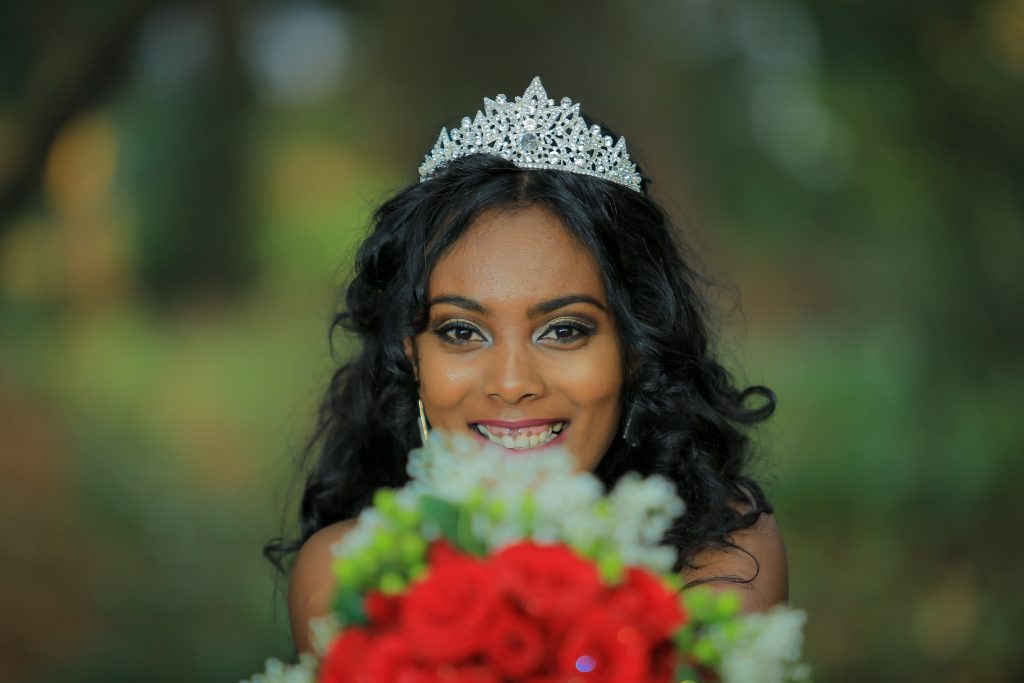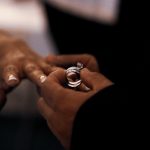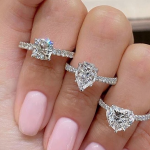Tiaras have long been associated with royalty. From the ancient Egyptians to the Ancient Romans, tiaras or diadems as they are also known, came in many forms.
Today, brides – royal and non-royal – the world over love this accessory to top of their wedding look. The wearing of a tiara is an ancient custom created as a symbol of nobility. Centuries ago, tiaras were popular amongst ancient Kings. While it is difficult to trace their exact line of development, we can see how different cultures appreciated this beautiful accessory.
According to British jewellery specialist Geoffrey Munn, the word ‘tiara’ “is actually Persian in origin—the name first denoted the high-peaked head-dresses of Persian kings, which were encircled by ‘diadems’ (bands of purple and white decoration). Now, it is used to describe almost every form of decorative head ornament.”
In classic times, a simple band of cloth tied around the head with a knot acted as a diadem. Over the years, this evolved to the ornate and heavy crowns worn by Eastern Kings.
The Egyptians in particular were fans of the rich gold headdresses encrusted with jewels and decorated with tassels. When King Tutankhamun’s tomb was excavated, his mummy was found wearing a gold diadem featuring a detachable gold ornament with the head of a vulture and the body of a cobra.
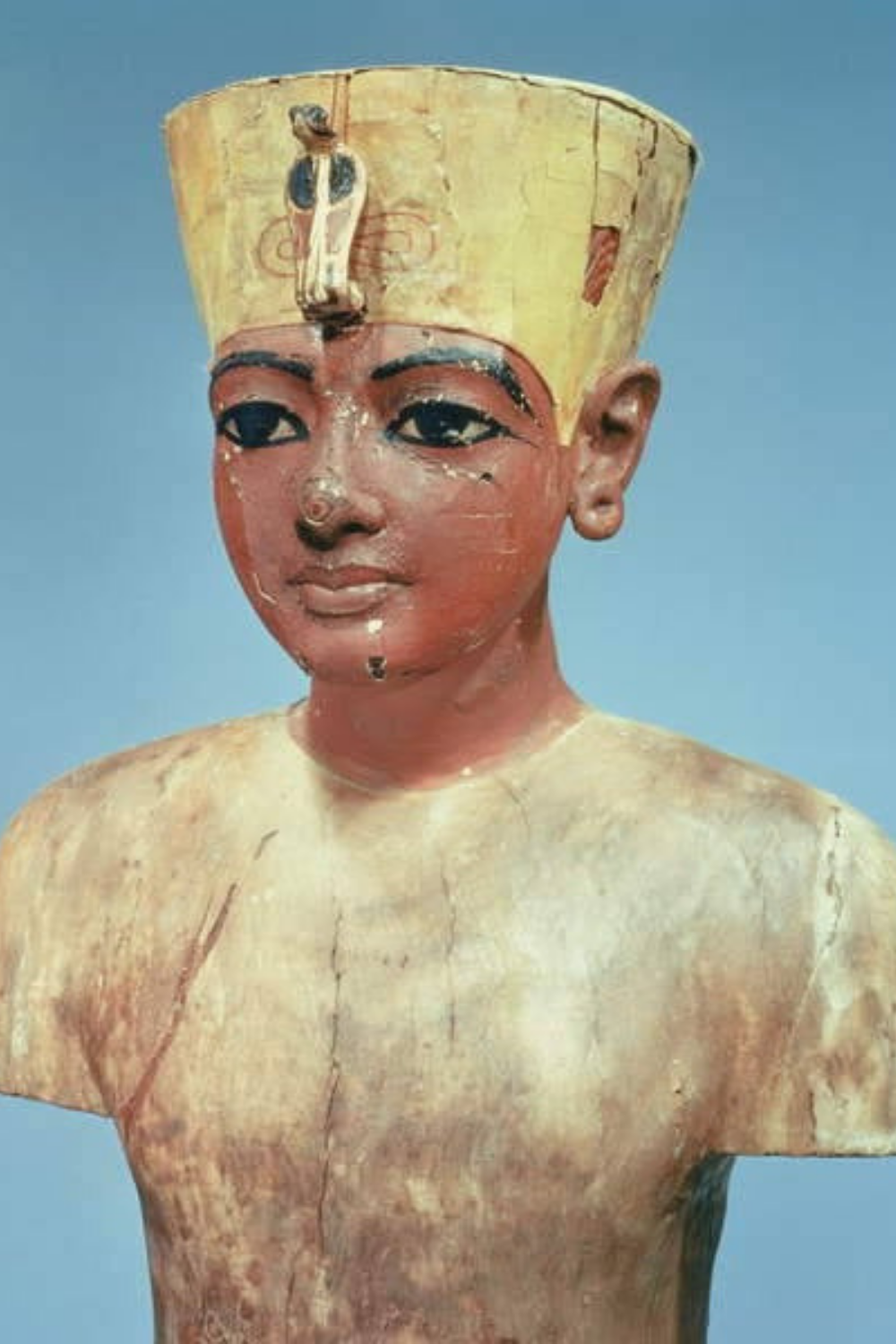
The earliest Greek diadems consisted of gold or silver sheet decorated with simple patterns of dots embossed from the back.
Ancient Romans also favoured gold headdresses with precious stones. The earliest diadem in Roman history can be traced back to C.E. 245-313 and belonged to Roman Emperor Gaius Valerius Diocletianus, also known as Diocletian. Champions and decorated generals in Roman history were gifted golden wreaths to honour their bravery in battle. For Roman brides, a simple wreath made of flowers and leaves were perfect symbols of purity.
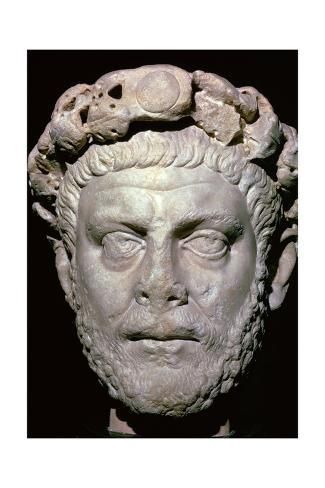
Tiaras or diadems fell out of popularity when the Roman empire began to decline and Christianity grew across the world. During medieval times, women followed more demure fashion and wore cone-shaped hats with veils.
Napoleon and his wife Josephine are often considered to have started the trend of luxurious headwear. In fact, Napoleon had the famed Cameo tiara, worn by Swedish royal brides today, made for his wife.
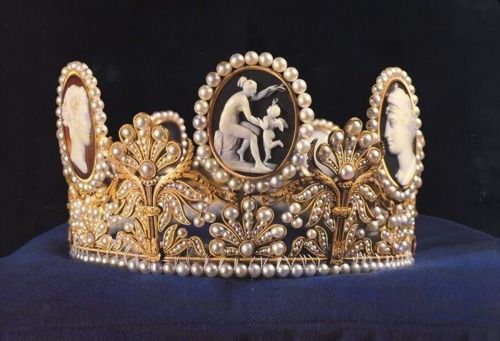
Tiara’s saw a resurgence in the late 18th century during the Renaissance period and again following the Neoclassicism movement of the early 19th century.
It was in the 19th century that tiaras first became important wedding symbols for the British royal family. Queen Victoria began a collection of priceless tiaras that still belongs to the family today.
There are a number of famed royal tiaras such as the Queen Mary Fringe Tiara worn by Queen Elizabeth on her 1947 wedding day, and the Diamond Bandeau Tiara, worn by Megan Markle on her wedding day in 2018.
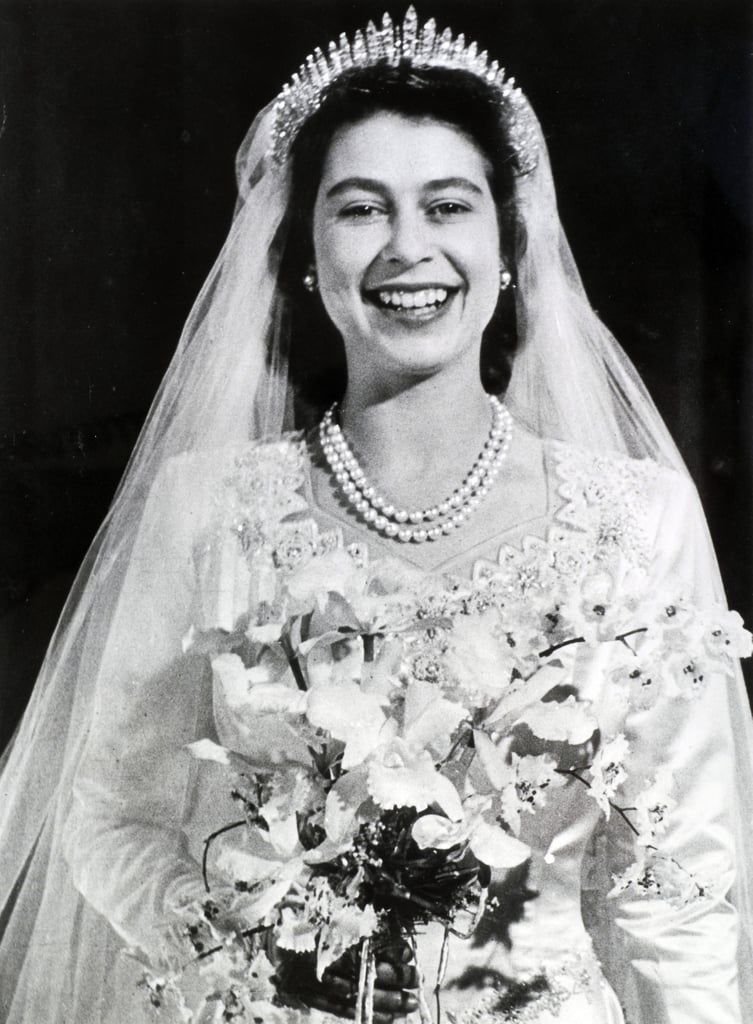
Royal families across the globe have their own special tiaras. Queen Elizabeth II is believed to have the largest, most valuable collection of tiaras in the world. Most of them are inherited heirlooms from Queen Alexandra.
In the 1930s, tiaras gained mainstream popularity as silver-screen stars like Audrey Hepburn and Grace Kelly donned the iconic accessory. Designers like Vivienne Westwood, Gianna Versace, and Philip Treacy have all made their own unique spin on the trend too, bringing tiaras to the catwalk.
Today, anyone can wear a tiara. Its exclusive symbolism has worn off over the years, although many still idolise the famous tiaras of yesteryear.
Feature image: Unsplash


